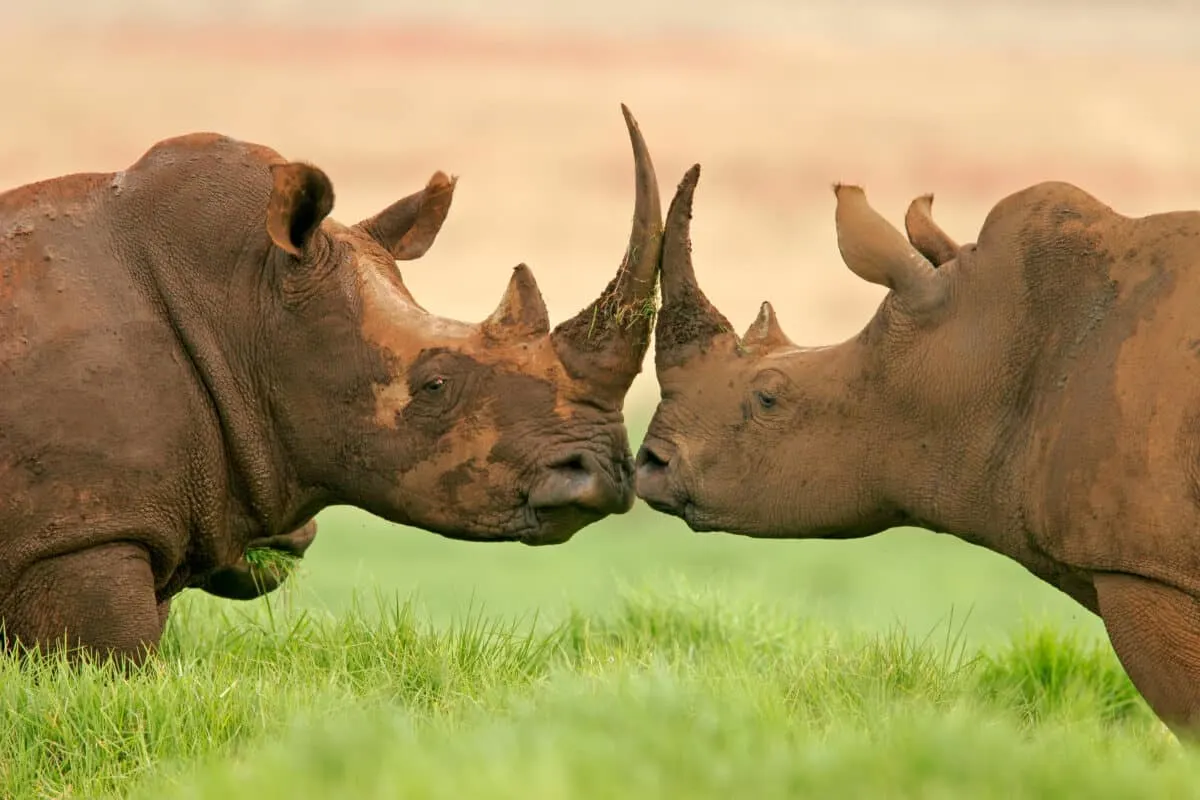We’ll be looking at the top 5 rarest animals in the world!
Discover the world’s most elusive creatures as we unveil our list of the “Fantastic Five Rarest Animals” found across the globe. These remarkable beings are facing a critical battle against extinction. With their habitats under threat and various challenges putting their survival at risk. But don’t lose hope just yet!
Feel free to jump ahead to whichever animal catches your eye!
Key points
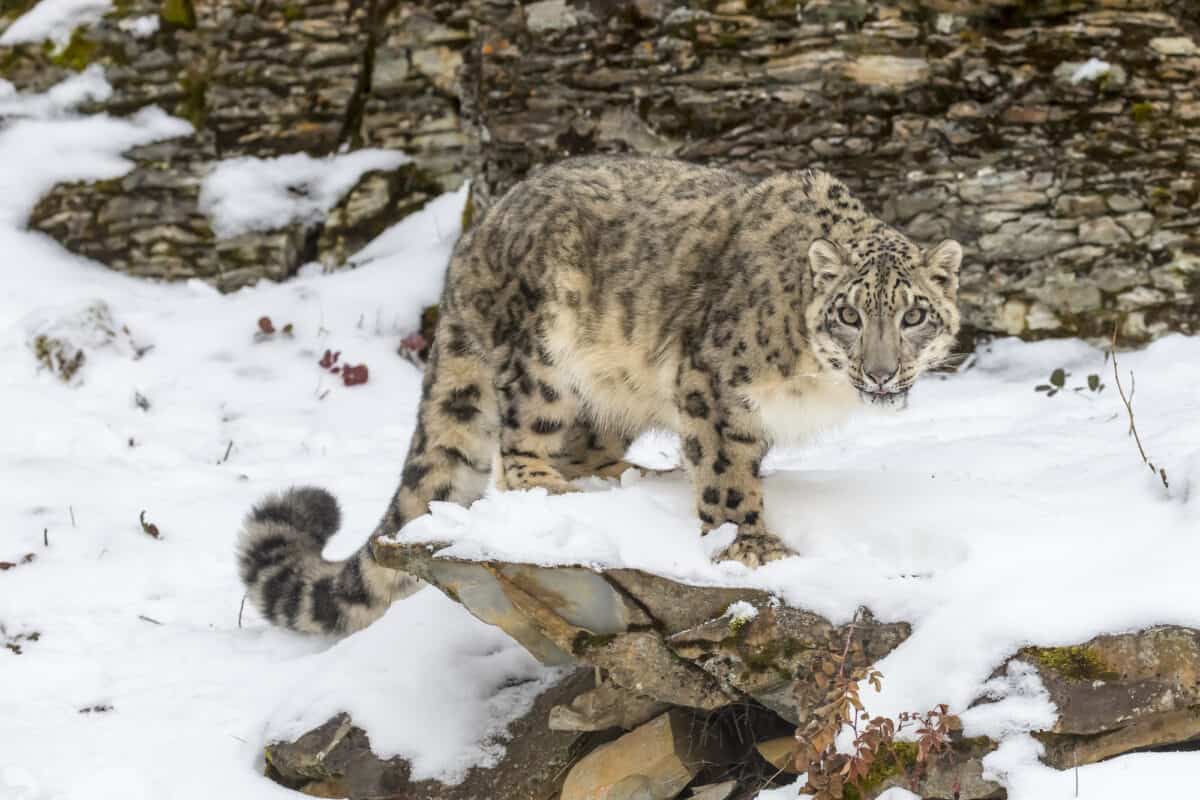
| Species | Scientific Name | Habitat | Population | Conservation Status | Threats |
|---|---|---|---|---|---|
| Amur Leopard | Panthera pardus orientalis | Temperate forests of Russia and China | Approx. 80 (or fewer) individuals | Critically Endangered | Habitat loss, poaching, prey depletion |
| Javan Rhino | Rhinoceros sondaicus | Dense tropical rainforests of Java, Indonesia | Approx. 68 individuals (Ujung Kulon NP) | Critically Endangered | Habitat loss, human encroachment, poaching |
| Vaquita | Phocoena sinus | Northern Gulf of California, Mexico | Very few individuals | Critically Endangered | Bycatch, habitat degradation, climate change |
| Sumatran Orangutan | Pongo abelii | Rainforests of Sumatra, Indonesia | Estimated population | Critically Endangered | Habitat loss, illegal pet trade, conflict |
| Hawaiian Monk Seal | Neomonachus schauinslandi | Shores and waters of Hawaiian Islands | Approx. 1,400 individuals | Critically Endangered | Habitat loss, entanglement, disturbance |
1. Amur Leopard
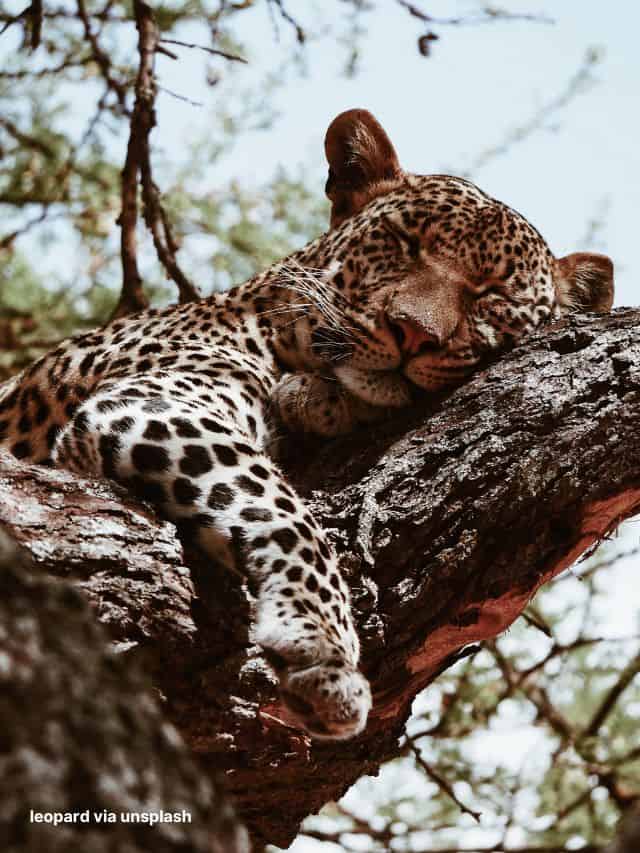
| Aspect | Information |
|---|---|
| Scientific Name | Panthera pardus orientalis |
| Habitat | Temperate forests of southeastern Russia, northeastern China |
| Size | – Males: 80-100 kg (176-220 lbs)<br>- Females: 25-42 kg (55-93 lbs) |
| Coat | Pale cream or light yellow with widely spaced rosettes |
| Behavior | – Solitary<br>- Nocturnal<br>- Territorial |
| Diet | Deer, wild boar, ungulates, rodents, birds |
| Conservation Status | Critically Endangered |
| Population Estimate | Approximately 80 individuals (or fewer) |
| Threats | Habitat loss, poaching, prey depletion |
| Conservation Efforts | – Protected areas (e.g., Land of the Leopard National Park) – Anti-poaching efforts – Habitat restoration |
The Amur Leopard, or the far eastern leopard, is believed to be the rarest big cat species. With less than 100 individuals left in the wild.
This big cat is, unfortunately is also listed in our dedicated article on the 14 most endangered big cats in the world. So this feline is no stranger to the perils of looming extinction.
Its striking coat and adaptability makes it one of the earths most remarkable inhabitants. However, it faces grave threats from habitat loss and poaching. Conservation efforts, like protected areas and anti-poaching initiatives, are crucial to its survival. This beautiful creature’s plight reminds us of the urgent need to protect and cherish our planet’s biodiversity.
Where can one find Amur Leapords?
The Amur leopardis one of the world’s most endangered big cat species. They are native to the Russian Far East and northeastern China. They are now only found in the border areas between the Russian Far East and north-east China. There might also still be some surviving populations in North Korea. However, most Amur leopards are in Russia, with a few remaining in China.
The primary location where you can see the elusive Amur leopards is in the Land of the Leopard National Park in Russia. This park was established to protect the remaining population of these critically endangered leopards.
2. Javan Rhino
| Aspect | Information |
|---|---|
| Scientific Name | Rhinoceros sondaicus |
| Habitat | Dense tropical rainforests of Java, Indonesia |
| Size | Approximately 3.1 to 3.2 meters (10 to 10.5 feet) in length |
| Weight | Around 900 to 2,300 kg (2,000 to 5,000 lbs) |
| Coat | Thick, loose skin with folds |
| Horn | Often a single horn, occasionally a small second horn |
| Behavior | Solitary and reclusive |
| Diet | Herbivorous, feeding on vegetation |
| Conservation Status | Critically Endangered |
| Population Estimate | Estimated to be around 68 individuals in Ujung Kulon National Park, Java |
| Threats | Habitat loss, human encroachment, poaching |
| Conservation Efforts | – Ujung Kulon National Park protection – Anti-poaching measures – Habitat restoration |
In the heart of Indonesia’s mystical Java island lives the legendary Javan Rhino. With its rugged, armor-like skin and solitary nature, it’s a living relic of a bygone era.
But here’s the stark truth: the Javan Rhino is on the verge of extinction, with only around 70 left. Their forest homes are disappearing due to human activities, making it a race against time to protect their habitat.
Despite the grim outlook, conservationists are working tirelessly to save these rhinos. They’re creating safe spaces to allow them to roam freely in their ancient lands.
The Javan Rhino reminds us of the hidden treasures in our world. It underscores the importance of preserving even the rarest creatures for the diversity and wonder they bring to our planet.
Where can you find Javan Rhinos?

Javan Rhinos are native to the island of Java in Indonesia. They primarily inhabit dense tropical rainforests, grasslands, and reed beds near rivers and swamps. The largest known population of Javan Rhinos is found in Ujung Kulon National Park, which is located on the westernmost tip of Java.
Ujung Kulon National Park is a critical stronghold for the survival of the Javan Rhino. It provides a protected habitat for these critically endangered creatures. The park’s rugged terrain, dense vegetation, and remote location have contributed to the survival of this species in the face of numerous threats.
Due to their critically endangered status, the exact locations of Javan Rhinos are closely monitored and protected by conservation organizations. It’s important to note that encountering Javan Rhinos in the wild is extremely rare, as their populations are very small and their habitats are carefully managed to ensure their survival.
3. Vaquitas
| Characteristic | Information |
|---|---|
| Scientific Name | Phocoena sinus |
| Common Name | Vaquita |
| Family | Phocoenidae (porpoise family) |
| Genus | Phocoena |
| Species | sinus |
| Length | Up to about 1.4 to 1.5 meters |
| Weight | Approximately 45 to 55 kilograms |
| Color | Gray with a lighter underside |
| Body Shape | Stocky, rounded forehead |
| Habitat | Northern Gulf of California |
| Population | Critically endangered, very few individuals |
| Conservation Status | IUCN: Critically Endangered, |
| Main Threats | Bycatch in illegal gillnet fisheries, habitat degradation, climate change |
| Conservation Efforts | Stricter regulations, monitoring, patrolling, sustainable fishing promotion |
The vaquita, a diminutive porpoise found exclusively in the northern Gulf of California, stands as both a testament to the beauty of marine life and a stark reminder of the fragile balance of our ecosystems. Its name, “vaquita,” translates to “little cow” in Spanish, a fitting moniker for this modestly sized creature that possesses a unique charm all its own.
The vaquita’s unassuming appearance belies its critical significance in the web of life. They are distinguished by dark circles around its eyes and lips, its stocky body and rounded forehead project an air of quiet resilience. Though small in stature, the vaquita serves as a sentinel species, reflecting the health of its Gulf of California habitat.
Tragically, the vaquita’s existence hangs by a thread, and its plight epitomizes the urgent challenges of conservation in the modern world. With a population reduced to mere handfuls, the Vaquita population teeters on the brink of extinction due to the unintended consequences of human activity.
Efforts to safeguard the vaquita encompass a blend of scientific research, advocacy, and collaboration. From the enforcement of stringent regulations to the establishment of protected zones, a global community rallies around the vaquita’s survival. Its story resonates as a call to preserve not only a species but also the delicate tapestry of life that weaves throughout our oceans.
Where can you find Vaquitas?
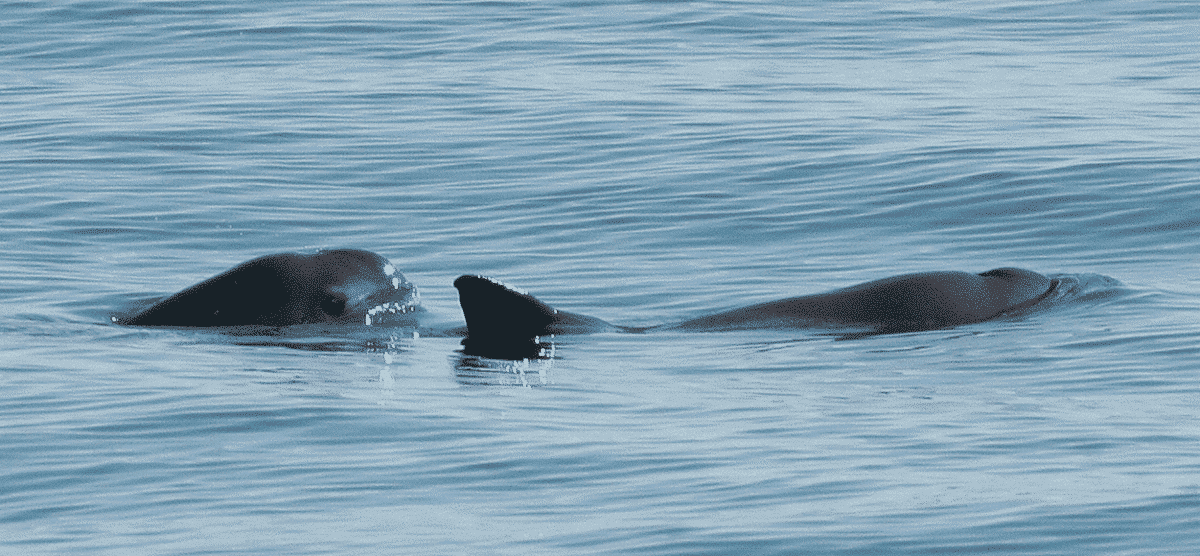
Vaquitas (Phocoena sinus) are endemic to a very specific area: they are found exclusively in the northern Gulf of California, also known as the Sea of Cortez, which is a narrow body of water between the Baja California Peninsula and mainland Mexico. This region is the vaquita’s only known habitat.
It’s important to note that the vaquita’s range is incredibly limited, and they are not found in other oceans or seas. Their habitat is characterized by shallow, murky waters and complex tidal and current patterns. Unfortunately, the vaquita’s restricted range has contributed to its vulnerability, as any threats or changes to this environment can have a significant impact on the species.
4. Sumatran Orangutan
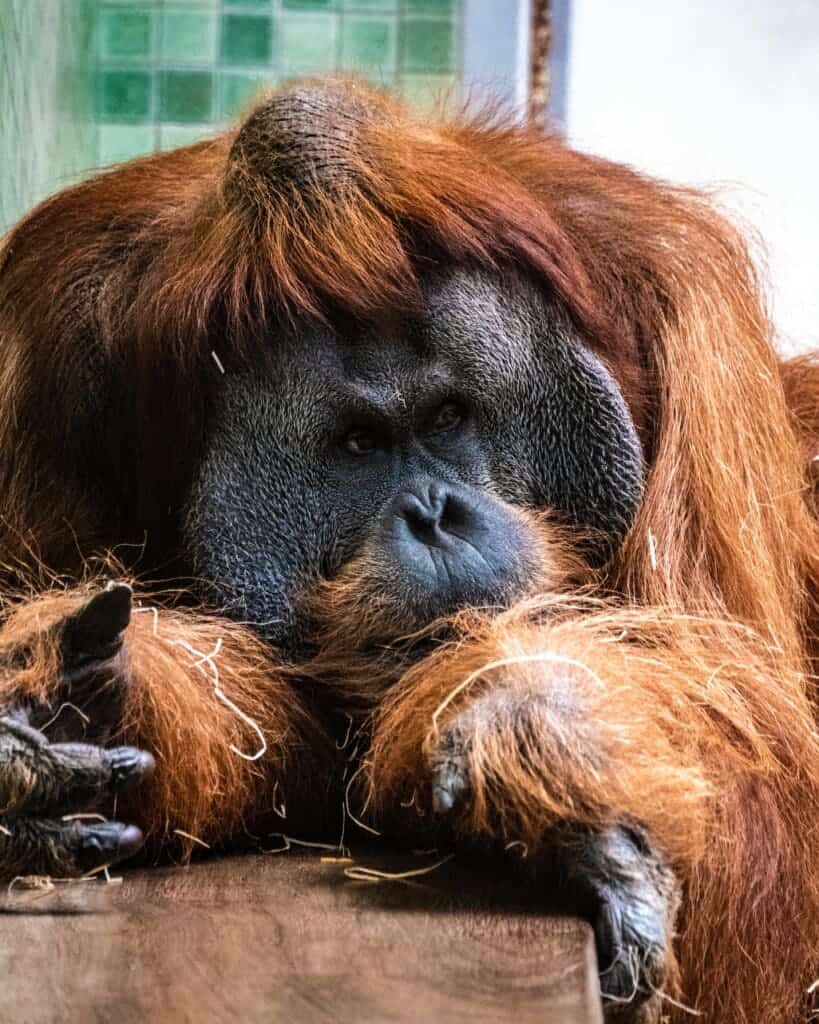
| Category | Stat |
|---|---|
| Scientific Name | Pongo abelii |
| Common Name | Sumatran Orangutan |
| Habitat | Rainforests of Sumatra |
| Diet | Primarily fruit, also leaves, flowers, insects, and bark |
| Size | Adult males: 1.2 – 1.5 m (4 – 5 ft) height |
| Adult females: 0.8 – 1 m (2.6 – 3.3 ft) height | |
| Weight | Adult males: 50 – 90 kg (110 – 200 lbs) |
| Adult females: 30 – 50 kg (66 – 110 lbs) | |
| Lifespan | Around 30 – 45 years in the wild |
| Social Structure | Solitary or small groups |
| Reproduction | Slow reproductive rate, females give birth to a single offspring every 8 years or more |
| Conservation Status | Critically Endangered (IUCN) |
| Threats | Habitat loss due to deforestation, illegal pet trade, human-wildlife conflict |
The Sumatran Orangutan stands as one of the most captivating and endangered creatures in the lush rainforests of Sumatra. With its gentle demeanor and striking reddish-brown fur, it embodies a symbol of nature’s beauty and vulnerability.
Endemic to the island of Sumatra in Indonesia, these remarkable primates are well-adapted to their dense jungle homes. They are notably arboreal, spending most of their lives high in the treetops. With their long, powerful arms and strong fingers, Sumatran Orangutans swing gracefully through the canopy, using their keen intellect to navigate a complex world of branches and leaves.
Regrettably, the Sumatran Orangutan faces a dire threat from habitat loss due to rampant deforestation. As the rainforests of Sumatra continue to be cleared for agriculture, logging, and other human activities, the Orangutans lose not only their homes but also their primary sources of food. This critical loss contributes to their declining population. This led them to be classified as Critically Endangered by the International Union for Conservation of Nature (IUCN).
Conservation efforts are crucial for the survival of these majestic creatures. Organizations, researchers, and local communities work tirelessly to protect and restore their habitats. They combat illegal wildlife trade, and raise awareness about the significance of preserving biodiversity.
Where can you find Sumatran Orangutan?
Sumatran Orangutans are found exclusively on the Indonesian island of Sumatra. They inhabit the rainforests and tropical lowland and hill forests of this island. Their range extends across various protected areas and national parks on Sumatra, including Gunung Leuser National Park, Kerinci Seblat National Park, and Bukit Barisan Selatan National Park. These regions provide crucial habitats for these critically endangered primates.
5. Hawaiian Monk Seal
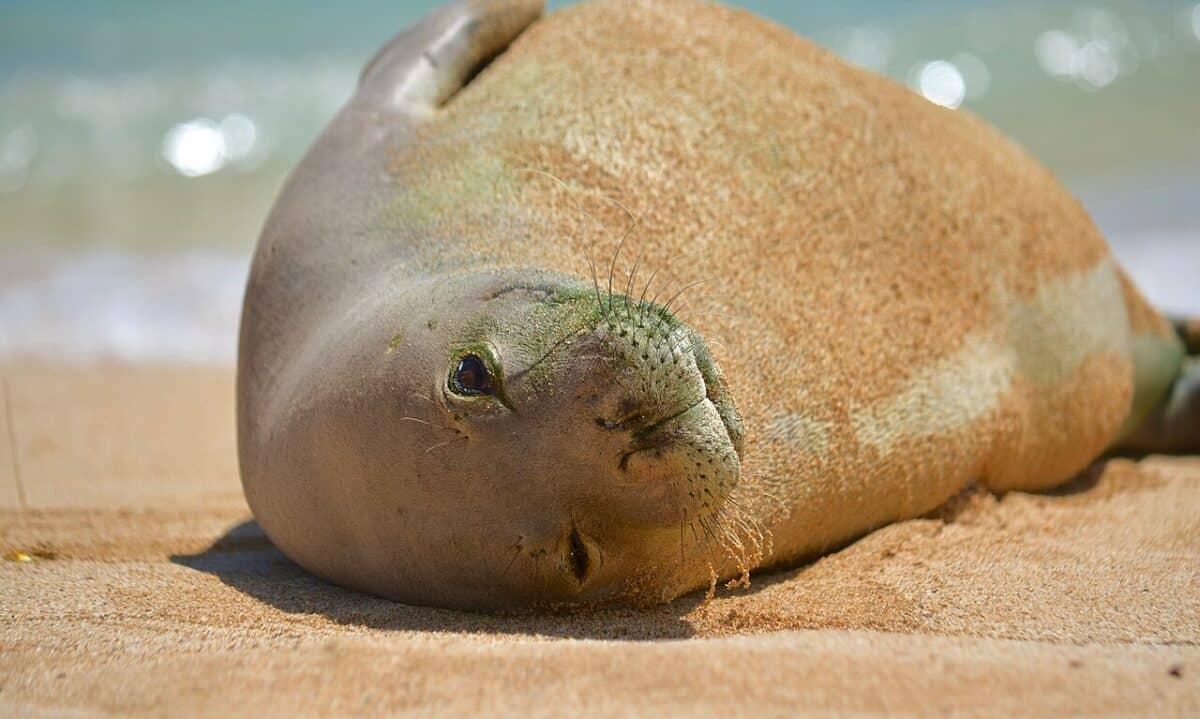
| Category | Stat |
|---|---|
| Scientific Name | Neomonachus schauinslandi |
| Common Name | Hawaiian Monk Seal |
| Habitat | Shores and waters of Hawaiian Islands |
| Diet | Mainly fish and cephalopods |
| Size | Length: 2.1 – 2.7 meters (7 – 9 feet) |
| Weight: 200 – 450 kg (440 – 990 lbs) | |
| Lifespan | Around 25 – 30 years in the wild |
| Population | Around 1,400 individuals (estimated) |
| Conservation Status | Critically Endangered (IUCN) |
| Threats | Habitat loss, entanglement, disease, human disturbance |
The Hawaiian Monk Seal holds a unique place in the heart of Hawaii’s natural heritage. With its serene presence and distinctive appearance, it serves as a living testament to the islands’ remarkable biodiversity.
The Monk Seal’s sleek form glides effortlessly through the clear waters, searching for its preferred prey of fish and cephalopods. Its name, “Monk Seal,” is derived from the folds of skin on its neck, resembling the cowl of a monk’s robe. These seals lead a solitary life, often basking on secluded beaches or exploring the underwater realm.
Tragically, the Hawaiian Monk Seal faces a battle for survival. As human activities encroach upon its habitat, it confronts challenges ranging from habitat loss to entanglement in marine debris. Its small population size, estimated at around 1,400 individuals. It has, therefore, earned it a critical status on the IUCN Red List of Threatened Species. Conservation efforts are crucial to protect these gentle creatures, as they play a vital role in maintaining the delicate balance of Hawaii’s marine ecosystems.
Where can you find Hawaiian Monk Seal?
The Hawaiian Monk Seal is endemic to the Hawaiian Islands, meaning it is found nowhere else in the world. It primarily inhabits the shores and waters of the Hawaiian archipelago, which stretches across the central Pacific Ocean. This species can be found on various islands within the Hawaiian chain, including the main islands such as Hawaii (also known as the Big Island), Maui, Oahu, Kauai, and Molokai.
Hawaiian Monk Seals typically use beaches and rocky coastlines for resting, giving birth, and raising their pups. They also spend a significant amount of time in the ocean foraging for food. These seals are known for their preference for remote and less frequented areas, often seeking out secluded beaches and coves.
Summary of Top 5 Rarest Animals in the World
Thank you for reading the rarest animals in the world.
I hope you enjoyed reading about these fantastic and scarce animals around the globe! Let us know if you ever run into one in the wild; we would love to hear your story! Other blogs which may interest you include: 10 Most Endangered Animals or Top 10 Extinct Animals.
Frequently Asked Questions (FAQs)
The northern white rhinoceros (Ceratotherium simum cottoni) is a species with only a few individuals left. With the last male individual passing away in March 2018. The future of the species is reliant on assisted reproductive technologies using stored genetic material to potentially save the subspecies.
The vaquita (Phocoena sinus), a small porpoise native to the Gulf of California, Mexico. It is estimated to have only around 10 to 30 individuals left
The group of animals with the most species is insects, which comprises a vast diversity of species estimated to be around 1 million or more. Insects belong to the class Insecta and are incredibly varied in terms of appearance, behavior, and ecological roles.
- Top 5 Rarest Animals in the World - April 15, 2024
- Mongoose Meets One Of The Deadliest Snakes Alive - April 8, 2024
- Watch: Komodo Dragon Swallows Baby Goat In Seconds - March 28, 2024

